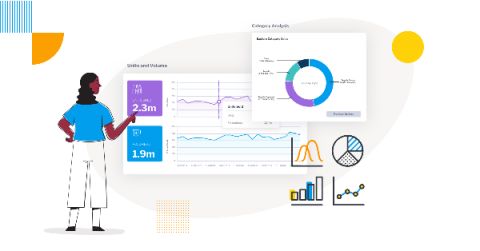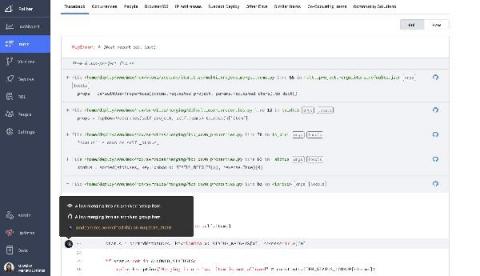The Four Upgrade and Migration Paths to CDP from Legacy Distributions
The move into any new technology requires planning and coordinated effort to ensure a successful transition. This blog will describe the four paths to move from a legacy platform such as Cloudera CDH or HDP into CDP Public Cloud or CDP Private Cloud. The four paths are In-place Upgrade, Side-car Migration, Rolling Side-car Migration, and Migrate to Public Cloud.











